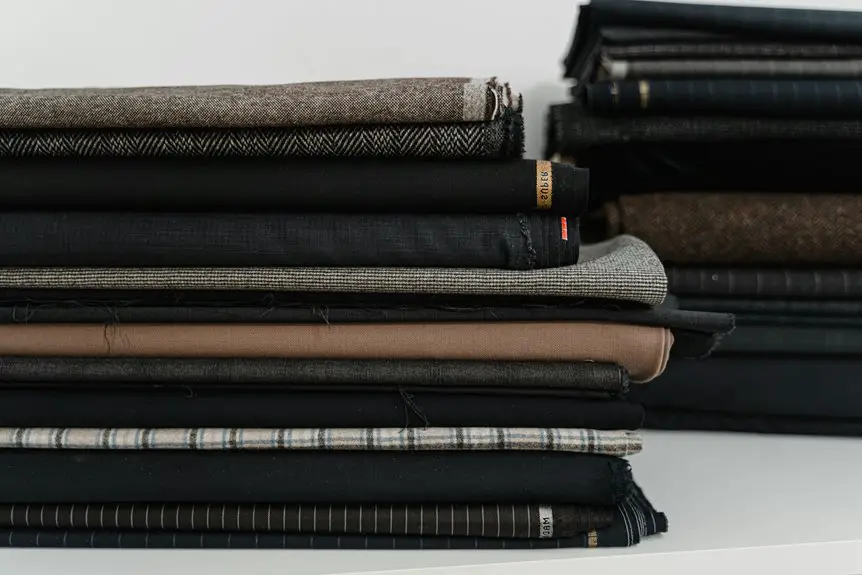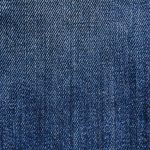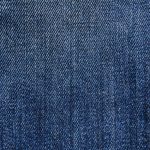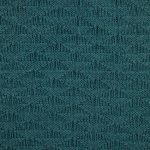You’ll love how the herringbone weave’s distinctive V-shaped zigzags add texture and durability to your suit, giving it subtle depth and movement. Choosing the right fabric weight matters—lightweights keep you cool, while heavier wool blends add warmth and structure. The fabric’s natural drape holds clean lines without clinging, perfect for all-day wear. When you understand these elements, you can confidently select and care for herringbone suits that fit your style and season perfectly.
Table of Contents
Key Takeaways
- Herringbone weave features a V-shaped zigzag pattern that adds texture, durability, and visual depth to suiting fabric.
- Choose fabric weight based on season: lightweight for summer, medium for year-round use, and heavyweight for cold climates.
- Herringbone fabric provides structure that holds shape well and contours the body without clinging tightly.
- The weave reflects light differently along diagonal lines, enhancing suit elegance and visual appeal in various lighting.
- Proper care includes brushing off lint, avoiding frequent dry cleaning, and storing on wide hangers with breathable covers.
Understanding the Herringbone Weave Pattern
The herringbone weave pattern consists of a series of V-shaped lines that create a distinctive zigzag effect. When you examine the fabric closely, you’ll notice that the diagonal lines alternate direction, forming a broken twill weave.
This structure not only adds visual interest but also enhances durability and texture. You’ll find herringbone in various weights and fibers, but its signature pattern remains consistent. It’s a classic choice that lends sophistication without being overly flashy.
Since the weave reflects light differently along each line, your suit will have subtle depth and movement. By understanding this pattern, you’ll appreciate how it balances style and practicality, making it a versatile option whether you’re dressing for business or casual occasions.
Choosing the Right Fabric Weight for Your Suit
While the herringbone pattern adds unique texture and visual appeal, selecting the right fabric weight guarantees your suit feels comfortable and performs well in different settings.
The herringbone pattern offers unique texture, but the right fabric weight ensures comfort and versatility.
Choosing the proper weight depends largely on climate, occasion, and your personal comfort.
- Lightweight fabrics (7-9 oz) work best in warm weather or indoor events, offering breathability without sacrificing the herringbone’s distinctive look.
- Medium-weight fabrics (10-12 oz) provide versatility, suitable for year-round wear and balancing durability with comfort.
- Heavyweight fabrics (13 oz and above) excel in cold climates, adding warmth and structure but may feel bulky indoors.
Consider your typical environment and how often you’ll wear the suit to pick a weight that matches your lifestyle perfectly.
How Herringbone Fabric Affects Suit Drape
Because herringbone fabric features a distinctive zigzag weave, it influences how your suit drapes on your body. This weave adds subtle texture and structure, allowing the fabric to hold its shape better than smoother weaves.
When you wear a herringbone suit, you’ll notice it contours to your form without clinging tightly, offering a balanced silhouette that’s both polished and comfortable. The fabric’s natural weight combined with its weave provides enough stiffness to prevent sagging but enough flexibility to move with you.
As a result, your suit looks sharp throughout the day, maintaining clean lines whether you’re standing or sitting. Choosing herringbone means opting for a fabric that enhances your suit’s overall fit and visual appeal with understated elegance.
Seasonal Considerations for Herringbone Suiting
Although herringbone fabric is known for its durability and texture, you should consider the season when choosing it for your suit.
Different weights and weaves suit varying climates, so picking the right one guarantees comfort and style year-round. Here’s what to keep in mind:
- Winter: Opt for heavier herringbone fabrics with dense weaves to trap warmth. Wool blends with a tight weave work best for cold weather.
- Spring/Fall: Medium-weight herringbone suits offer balance. They provide enough warmth without overheating, perfect for shifting seasons.
- Summer: Choose lightweight herringbone fabrics with a looser weave, like cotton or linen blends. These allow breathability while maintaining the herringbone’s classic look.
Matching fabric weight and weave to the season keeps your suit comfortable and sharp no matter the weather.
Caring for Your Herringbone Suit Fabric
To keep your herringbone suit looking sharp, you’ll need to pay close attention to how you care for the fabric. Always brush off dirt and lint after wearing it, and avoid frequent dry cleaning to preserve the weave and fibers. When not in use, store your suit on a wide hanger to maintain its shape and cover it with a breathable garment bag. Spot clean stains immediately with a damp cloth, and allow your suit to air out between wears to prevent odors.
| Care Task | Recommended Frequency | Tips |
|---|---|---|
| Brushing | After each wear | Use a soft clothes brush |
| Dry Cleaning | Every 3-4 months | Choose a specialist cleaner |
| Storage | Always when not worn | Use wide hangers and covers |
| Spot Cleaning | As needed | Dab, don’t rub |
| Airing Out | Between wears | Hang in a ventilated area |
Frequently Asked Questions
Can Herringbone Fabric Be Used for Casual Wear?
You can definitely wear herringbone fabric casually. Its textured pattern adds subtle style, and depending on the weight, it works well for jackets, blazers, or trousers that suit relaxed, smart-casual occasions effortlessly.
What Colors Best Complement Herringbone Suits?
You’ll find navy, charcoal, and earthy tones like olive or brown complement herringbone suits best. These colors highlight the pattern’s texture and add versatility, perfect for both formal and casual looks you want to pull off.
How Do Herringbone Suits Compare in Price to Other Fabrics?
You’ll find herringbone suits usually cost a bit more than plain fabrics due to their intricate weave. However, they’re often more affordable than luxury fabrics like cashmere, offering a great balance of style and value.
Are Herringbone Suits Suitable for Formal Events?
You can definitely wear herringbone suits to formal events, especially if you choose darker colors and finer weaves. They offer a subtle pattern that adds sophistication without overpowering your look, keeping things stylish yet appropriate.
Can Herringbone Fabric Be Blended With Synthetic Fibers?
Just like a classic novel meets a modern twist, you can blend herringbone fabric with synthetics. This combo boosts durability and wrinkle resistance, letting you enjoy timeless style with today’s practical perks.
- Does Chiffon Fabric Stink - July 15, 2025
- Does Chiffon Fabric Affect the Economy - July 15, 2025
- Does Cotton Fabric Have a Nap - July 15, 2025







